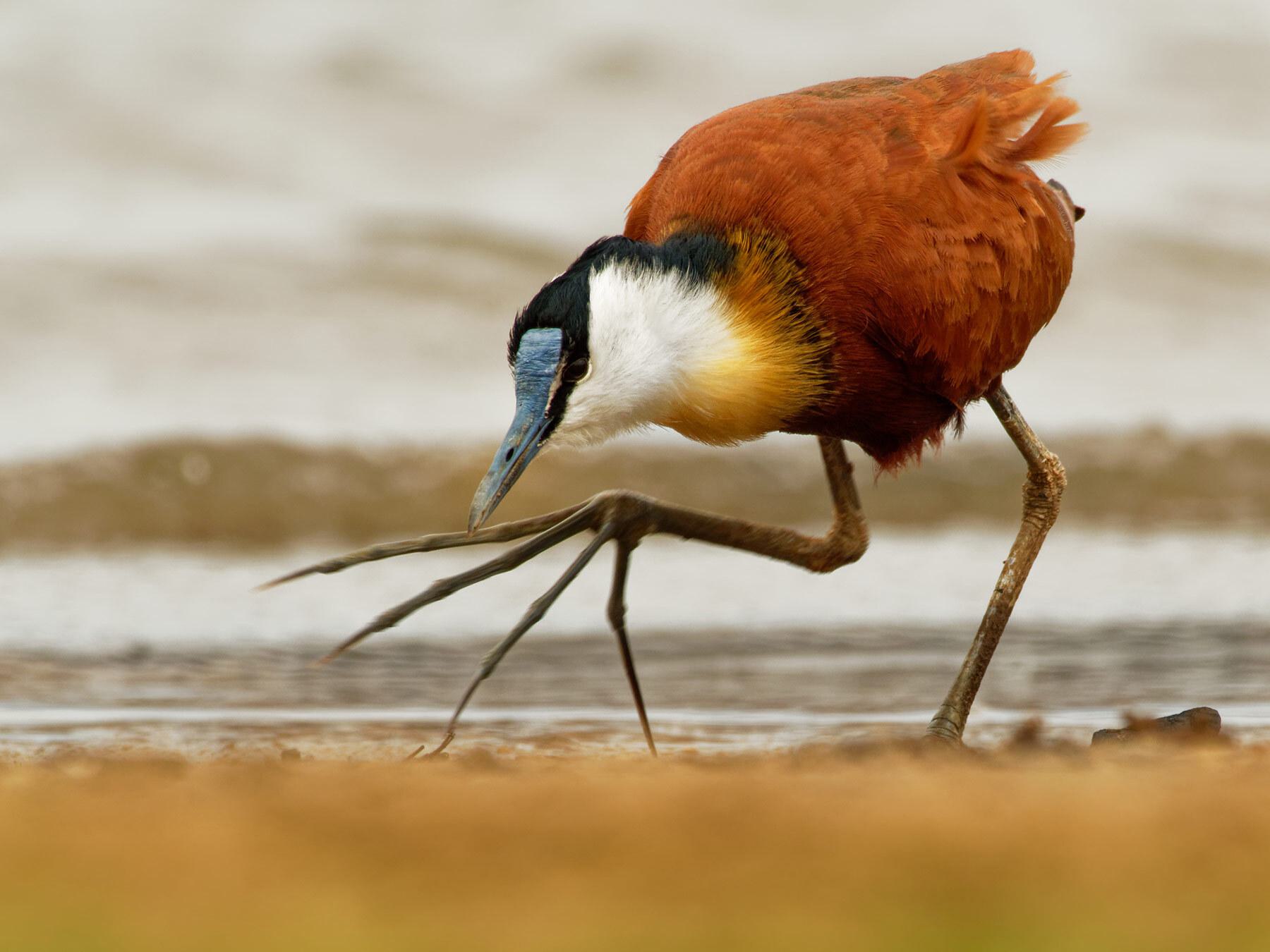
Jacanas are fascinating birds known for their unique adaptations and behaviors. Found in tropical and subtropical regions, these birds are often seen walking on floating vegetation in shallow lakes, ponds, and marshes. Their long toes and claws allow them to distribute their weight and walk on lily pads, earning them the nickname "lily-trotters." Jacanas exhibit an unusual role reversal in parenting; females are larger and more dominant, while males take on the responsibility of incubating eggs and caring for chicks. These birds are also known for their striking plumage and elaborate courtship displays. With their distinctive lifestyle and behaviors, Jacanas offer a captivating glimpse into the diversity of avian life.
Jacanas: The Unique Water Birds
Jacanas are fascinating birds often found in tropical regions. Known for their long toes and claws, they can walk on floating vegetation in shallow lakes, their preferred habitat. Let's dive into some intriguing facts about these remarkable creatures.
- Jacanas are also known as "Lily Trotters" due to their ability to walk on lily pads.
- They belong to the family Jacanidae, which includes eight species.
- Jacanas are found in tropical regions around the world, including Central and South America, Africa, Asia, and Australia.
- Their long toes and claws help distribute their weight, allowing them to walk on floating vegetation without sinking.
- Male jacanas are responsible for incubating the eggs and taking care of the chicks.
- Females are larger and more dominant than males, often having multiple male partners.
- Jacanas have a unique mating system called polyandry, where one female mates with multiple males.
- They are excellent swimmers and can dive underwater to escape predators.
- Jacanas feed on insects, small fish, and other invertebrates found in their aquatic habitats.
- Their nests are built on floating vegetation, providing a stable platform for their eggs.
Physical Characteristics of Jacanas
Jacanas have several distinctive physical traits that set them apart from other birds. Their unique adaptations make them well-suited for their watery environments.
- Jacanas have long legs and toes, which can be up to 10 cm in length.
- Their claws are sharp and curved, helping them grip slippery surfaces.
- They have a distinctive spur on their wings, which they use for defense.
- Jacanas exhibit sexual dimorphism, with females being larger and more colorful than males.
- Their plumage varies by species, ranging from bright yellow and green to more subdued browns and blacks.
- Juvenile jacanas have duller plumage than adults, providing better camouflage.
- They have a unique preen gland that produces oil to waterproof their feathers.
- Jacanas have a high-pitched call that they use to communicate with each other.
- Their eyes are positioned high on their heads, giving them a wide field of vision.
- Jacanas have a specialized digestive system that allows them to process a variety of food sources.
Behavior and Social Structure
Jacanas exhibit fascinating behaviors and social structures that are quite different from many other bird species. Their unique lifestyle is a result of their specialized habitat and feeding habits.
- Jacanas are territorial and will aggressively defend their feeding and nesting areas.
- They use their sharp wing spurs to fight off intruders and predators.
- Male jacanas perform elaborate courtship displays to attract females.
- Females lay their eggs in multiple nests, which are then cared for by different males.
- Jacanas are known to practice "egg dumping," where they lay eggs in the nests of other birds.
- They have a strong pair bond with their mates, often staying together for several breeding seasons.
- Jacanas are highly vocal, using a variety of calls to communicate with their mates and offspring.
- They are diurnal, meaning they are active during the day and rest at night.
- Jacanas are known to migrate short distances in search of better feeding grounds.
- They play a crucial role in their ecosystems by controlling insect populations and dispersing plant seeds.
Jacanas: Nature's Unique Wonders
Jacanas, with their long toes and colorful plumage, are truly fascinating. These birds, often called lily-trotters, can walk on floating vegetation thanks to their wide feet. Found in tropical regions, they play a crucial role in their ecosystems by controlling insect populations and aiding in plant pollination.
Their polyandrous mating system, where females have multiple male partners, is rare among birds. This unique behavior ensures the survival of their species, as males take on the responsibility of incubating eggs and caring for chicks.
Jacanas also exhibit territorial behavior, fiercely defending their nesting areas. Their ability to adapt to various environments, from wetlands to marshes, showcases their resilience.
Understanding jacanas helps us appreciate the diversity and complexity of nature. These birds remind us of the intricate balance within ecosystems and the importance of preserving their habitats.
Was this page helpful?
Our commitment to delivering trustworthy and engaging content is at the heart of what we do. Each fact on our site is contributed by real users like you, bringing a wealth of diverse insights and information. To ensure the highest standards of accuracy and reliability, our dedicated editors meticulously review each submission. This process guarantees that the facts we share are not only fascinating but also credible. Trust in our commitment to quality and authenticity as you explore and learn with us.
